Ready to level up your travel game with some wallet wisdom? In early 2025, the U.S. dollar has been taking a bit of a breather, while a handful of other currencies have flexed their muscles—turning airfare, accommodations, and even streetâ€food feasts into mustâ€grab deals for savvy jetâ€setters. From emergingâ€market risers to classic petroâ€powers, here are 12 currencies that are outpacing the greenback and how you can cash in on the trend (literally).
1. Indian Rupee

The Indian Rupee has been on a tear in 2025, cracking the ₹84-per-dollar barrier for the first time since late 2024, thanks to heavy dollar sales by foreign banks and a wave of bullish flows into Indian equities. Experts at Reuters note that optimism over a potential U.S.–India trade deal and short covering helped push the rupee to an 8-month high. For travelers, this means your dollars stretch further on everything from Delhi’s tandoori delights to Goa’s beachfront resorts.
With lower accommodation costs and cheaper local transport, budget backpackers and luxury seekers alike can enjoy more for less—imagine booking a five-star hotel for the price you’d pay in Miami! And if you’re craving that authentic street-food crawl in Kolkata, your dollar can now buy extra plates of kathi rolls without breaking the bank. Just remember to check exchange booths for the best rates: malls and airports often have higher fees than local forex kiosks.
2. Philippine Peso
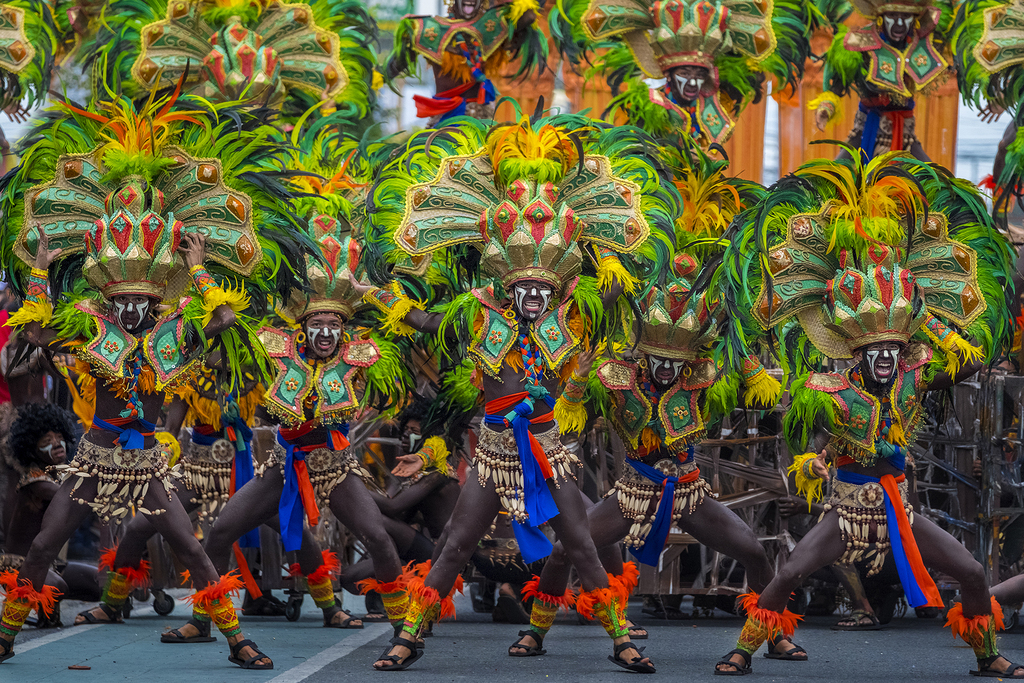
The Philippine Peso has climbed to its strongest levels in months as investors recalibrated bearish bets on Asian FX—turning netâ€long for the first time since September 2024. A recent Bloomberg shows long positions reaching a three-month high. If Boracay’s powder-white beaches or Manila’s vibrant street markets have been on your bucket list, the peso’s rally means you can snag that beachfront bungalow or add another round of halo-halo to your itinerary without flinching at the price tag.
Because flights into Manila and Cebu are denominated in pesos, a stronger peso actually means sweeter deals on domestic hops too—think island-hopping without the usual sticker shock. And thanks to lower hotel rates, you could even upgrade to a seaview suite or squeeze in an extra night to truly soak up the tropical vibes.
3. Swiss Franc

Traditional safe havens have shone this year, but the Swiss franc has been a standout, climbing over 9% vs. the dollar as traders sought refuge from tariff fears and inflation jitters, per Business Insider. Switzerland’s rock-solid economy and political stability typically keep the franc high—but in 2025, that strength is a boon for visitors seeking luxe experiences in Zurich or Lucerne without the usual premium.
Your dollar buys more artisan chocolate, scenic train rides on the Glacier Express, and chalet stays in the Alps—without compromising on that quintessential Swiss precision and pampering. Plus, don’t skip the lesser-known lunch spots: local eateries outside the city center offer authentic rösti and fondue at friendlier rates.
4. Euro
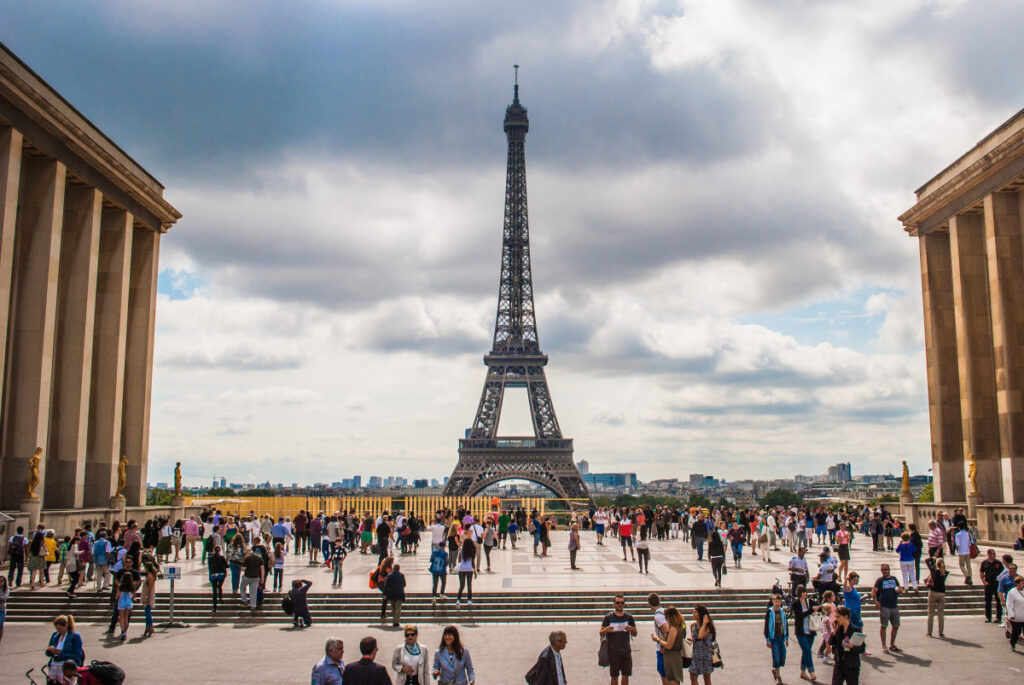
The euro has surged on the back of Germany’s infrastructure spending and steady ECB policy, reclaiming ground lost in 2024’s tariff headlines. According to FxStreet, the single currency’s rally is set to continue as Eurozone growth outpaces the U.S.. For anyone planning a Euro-rail adventure or tapas tour in Barcelona, these stronger euro days translate into significant savings on everything from train tickets to trattoria meals.
Better yet, consider off-peak destinations like Porto or Ljubljana—where you get euro-priced experiences but the costs still feel like a steal. Museums, canal cruises, and even balcony rooms with Eiffel-Tower views all become that much more attainable when your dollar goes further.
5. Russian Ruble
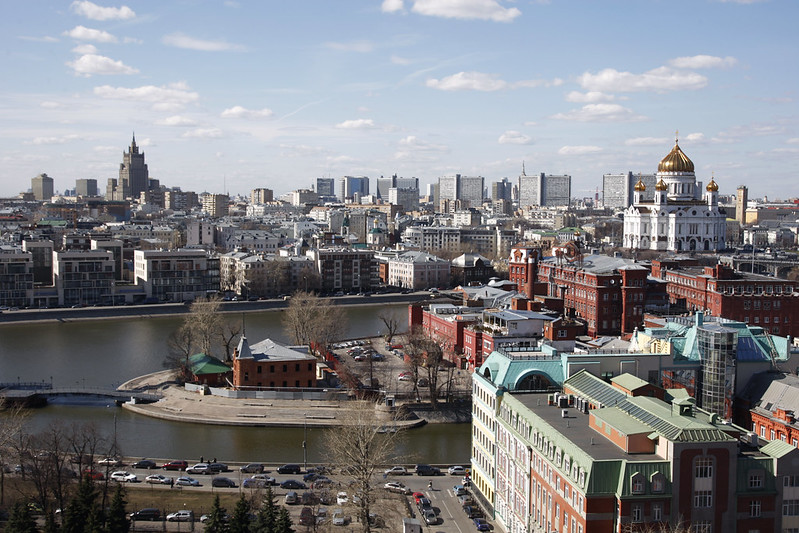
In a surprise twist—amid budget forecasts pegged at ₽96.50 per dollar—the ruble has outperformed nearly every major currency in 2025, buoyed by high energy prices and a thinner dollar, according to Yahoo. Cities like Moscow and St. Petersburg, often seen as pricey, are suddenly more accessible: top-tier ballet seats and Kremlin tours can now fit into mid-range budgets.
If you’re into epic Trans-Siberian journeys, train fares and guesthouse stays across Eurasia feel friendlier to your wallet. Just be mindful of sanctions and regional regulations—cash is king, and ATMs often charge extra, so plan your withdrawals strategically.
6. Kuwaiti Dinar
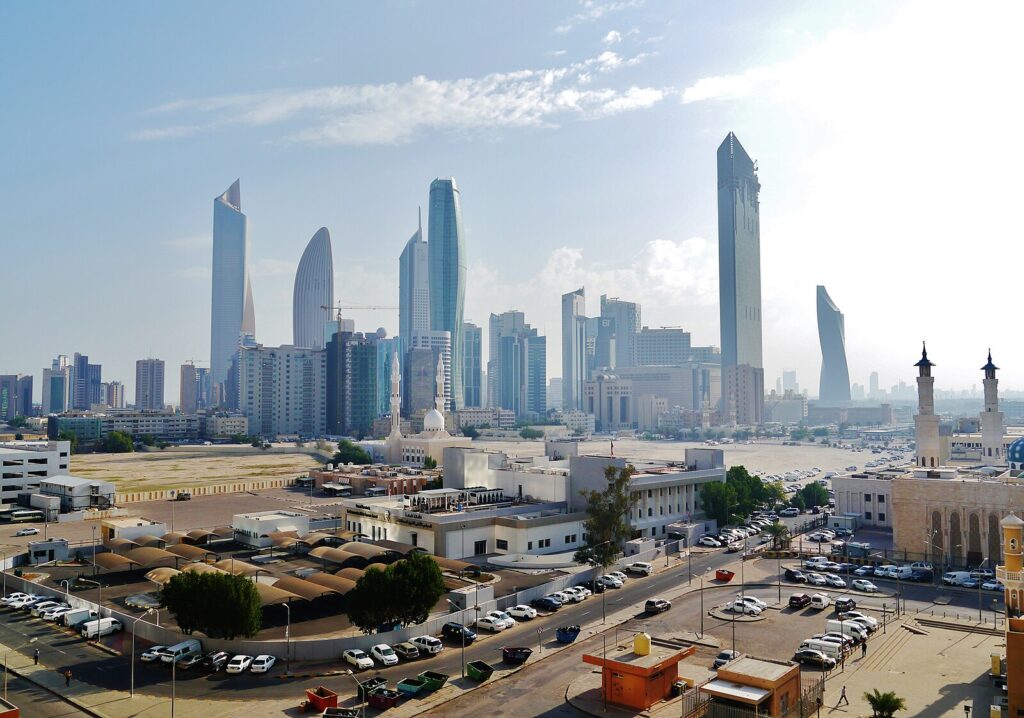
Clocking in as the world’s highestâ€valued currency, the Kuwaiti Dinar owes its clout to vast oil exports and prudent fiscal policies. If you’re eyeing a Middle East odyssey, from Kuwait City’s sleek skyline to desert safaris, your dollar now converts to nearly 0.30 KWD—great for high-end hotel stays and gourmet cuisine. Keep in mind local customs: dress codes and etiquette mean you’ll want to splurge on experiences like private dhow cruises and Michelin-echelon eateries. With the dinar’s strength, you can budget more for those once-in-a-lifetime splurges without sweating the exchange.
Pro tip: avoid tourist traps in malls and explore the traditional souqs for authentic treasures at better prices. Even cab fares and car rentals are surprisingly manageable when your dollar punches above its weight. And if you’re into bling, the local gold markets are where your budget can stretch into serious sparkle. Don’t be shy about bargaining—it’s practically a sport there.
7. Bahraini Dinar

Much like its neighbor, Bahrain’s Dinar sits among the top global heavyweights—pegged to the dollar but underpinned by oil wealth and a booming finance sector. For travelers, this pegged system means stable rates: think luxe marinas, Formula 1 vibes in Sakhir, and artisan souks that won’t pounce on unpredictable FX swings. Since hotels lock rates in USD but invoice in BHD, it’s a small trick of the trade to book via local agents for insider discounts, stretching your stay further. Even the ritzy brunch buffets at five-star hotels suddenly feel like smart splurges.
The art scene in Manama is also worth checking out—galleries and installations have boomed in the last year. Public transport’s getting a glow-up, too, which makes getting around even easier and cheaper. Local cafes serve up saffron-infused everything, and your USD buys more than just one round. If you’re craving island life with a side of skyscraper views, this might just be your sweet spot.
8. Omani Rial
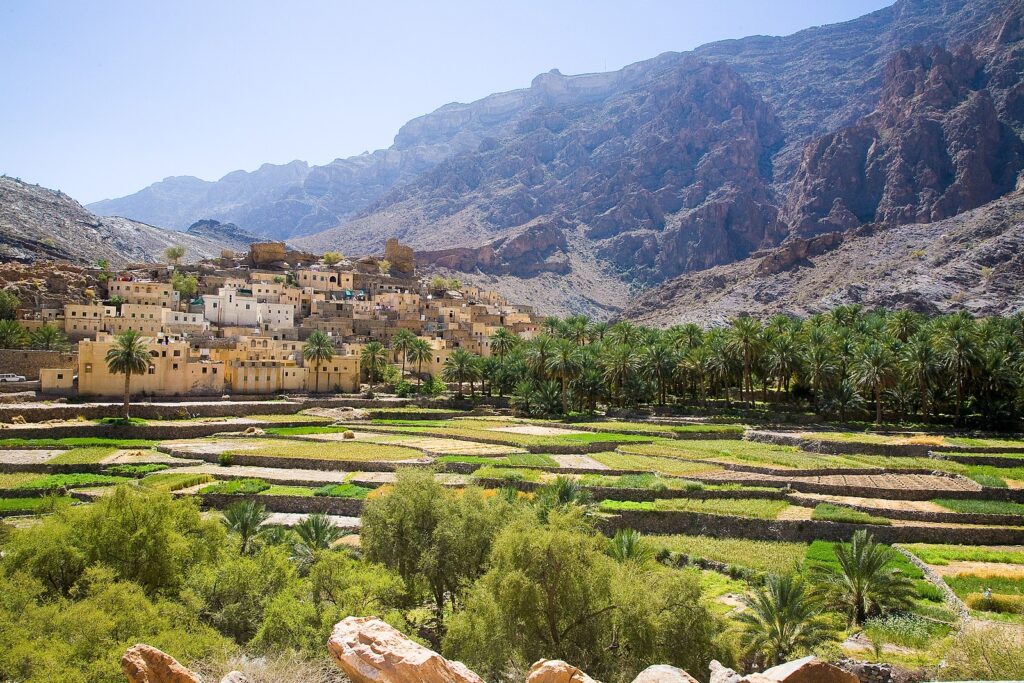
Oman’s Rial is the thirdâ€highest global currency, bolstered by steady oil revenues and a firm dollar peg. Muscat’s opulent resorts and Wadi adventures are surprisingly attainable. A dollar now bags around 0.39 OMR, letting you upgrade to beachfront properties or island getaways on the Daymaniyat. Don’t miss Muscat’s Mutrah Corniche at sunset—rumor has it that the decently priced local cafés offer shisha lounges with ocean views at a fraction of other Gulf hotspots.
There’s a magic to Oman that’s more laid-back than its glitzier neighbors, making it perfect for slow, meaningful travel. Think desert camping with traditional Bedouin hosts or stumbling upon hidden mountain villages with warm, cardamom-laced hospitality. Street food like shawarma and fresh mango juice is cheap and delicious—a true dollar-for-flavor win. Plus, fewer tourists mean you often have these stunning sights all to yourself.
9. Jordanian Dinar
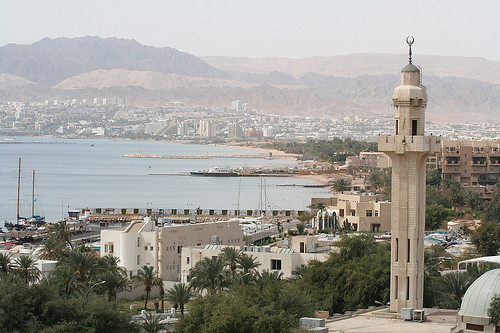
Jordan’s Dinar has held firm thanks to a fixed peg and robust remittance inflows. Trading at roughly 0.71 JOD per USD, the Dinar’s stability invites savvy travelers to explore Petra and Wadi Rum without overpaying for Bedouin camps. Your dollar nets more desert glamping and Dead Sea spa days than ever. Plus, local cooks aren’t shy with fresh za’atar manakish—meaning street-food feasts that let you sample full mezze spreads for pocket change.
Want the ultimate travel flex? Float in the Dead Sea and hike through ancient Roman ruins—all in the same trip. Taxis can be negotiated, and you’ll often find cheaper, local-led experiences if you veer off the beaten path. The local markets are also packed with handcrafted souvenirs, and your budget easily covers gifts for the entire family.
10. British Pound
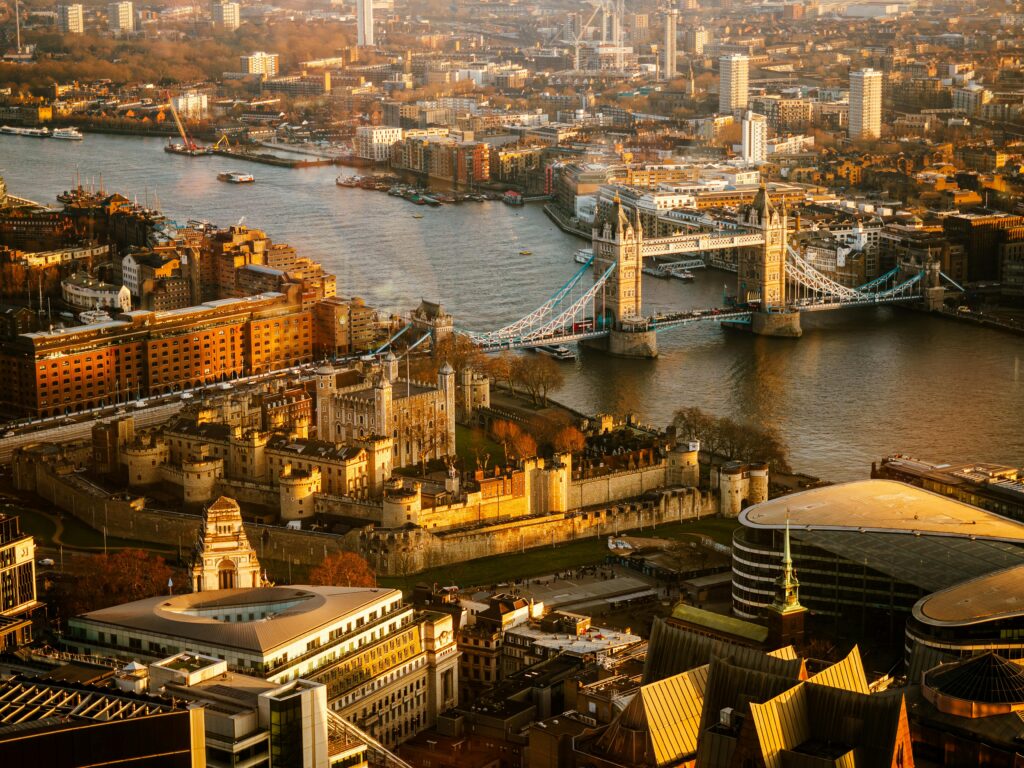
Despite political headwinds, the Pound remains a top-tier currency, buoyed by London’s financial muscle and the UK’s service economy. If you’ve delayed that West End show or Cotswolds cottage escape, now is prime time: theater tickets, afternoon teas, and countryside B&Bs are all friendlier to your wallet. Savvy tip: avoid peak-season London and head north to Leeds or Edinburgh, where your pounds unlock hidden-gem pubs and castle tours without the capital’s sky-high rates. Even within London, street markets and budget chains make it easier to dine like royalty without the royal price.
Also, regional rail passes are underrated and can make cross-country travel way more affordable. University towns like Oxford and Cambridge offer old-school charm on a backpacker’s budget—especially if you book ahead. Hit up local festivals or pub quiz nights to mingle with locals and soak up culture without spending big. And don’t forget to pocket a few pound coins—they still feel way cooler than dollar bills.
11. Canadian Dollar
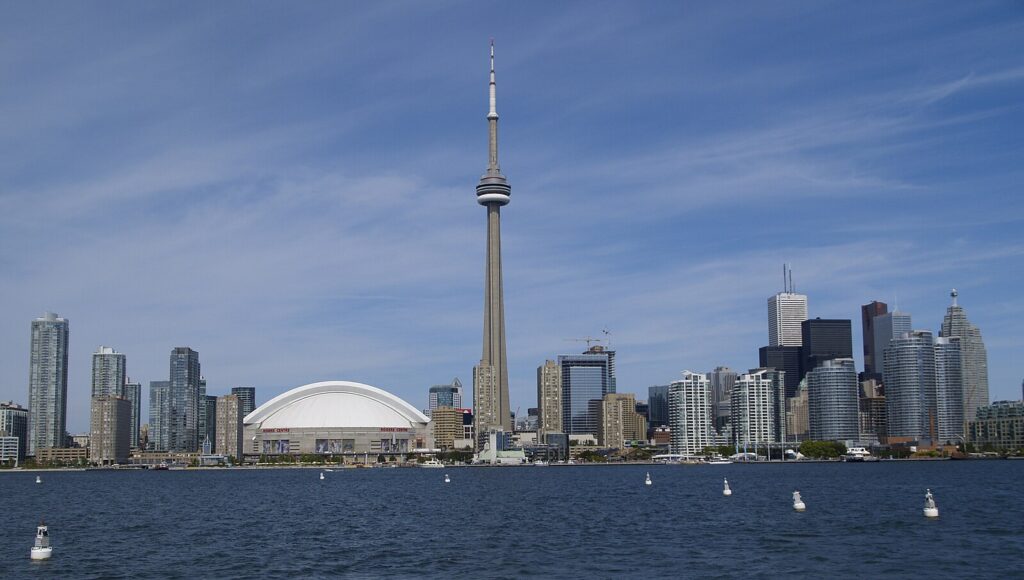
Often overlooked in FX conversations, the Loonie has bounced back in 2025 as global oil prices climbed. Road-trip dreams from Vancouver to Banff can become reality—car rentals, park fees, and cabin stays all feel less stingy. And when maple-syrup season hits Quebec, buy extra bottles without bottlenecking your packing space. The stronger CAD also means museum passes and whale-watching tours in Nova Scotia deserve a spot on your itinerary.
Foodies will be thrilled—poutine, Nanaimo bars, and locally brewed IPAs suddenly feel more affordable. National parks have reasonably priced entry fees, and your stronger dollar means extra marshmallows for those fireside s’mores. Even trendy cities like Toronto and Montreal have budget-friendly boutique hotels and Airbnbs worth checking out. Bonus: no language barrier if you speak English (though tossing out a “bonjour” never hurts in Quebec).
12. Australian Dollar
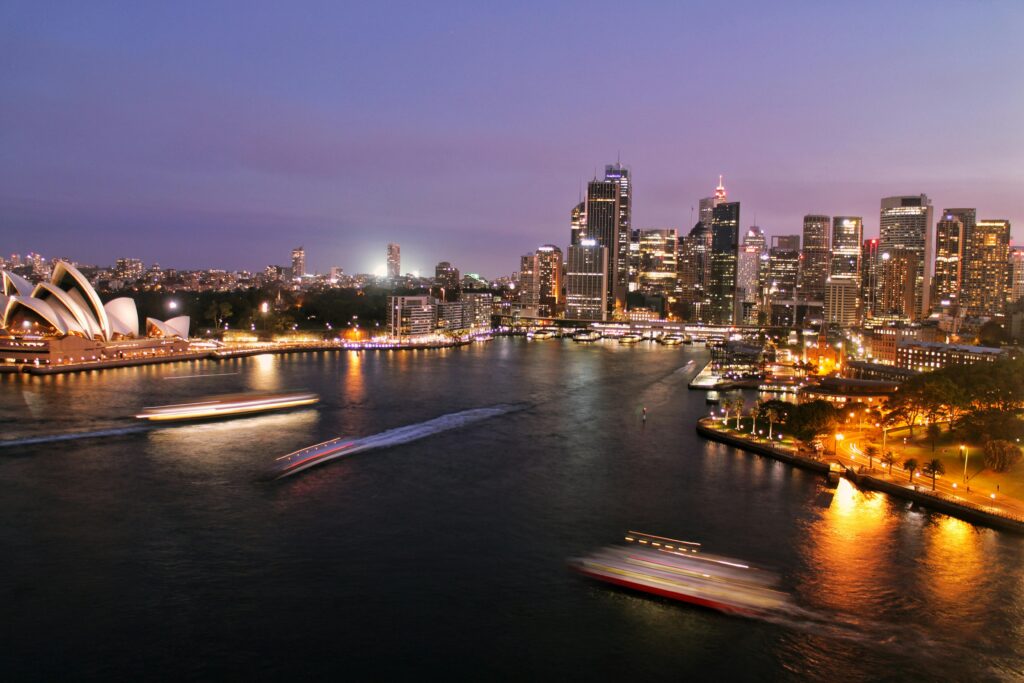
Down Under’s dollar has firmed up thanks to commodity booms—iron ore, coal, you name it—sparking a resurgence versus the greenback. This makes Great Barrier Reef excursions, Sydney Harbour Bridge climbs, and outback lodges more tempting. For coastal road trips along the Great Ocean Road or wine tastings in Margaret River, your strengthened Aussie buck means you can linger longer. Because in Oz, every extra night translates to more kangaroos (and koalas) on your selfie reel.
Eating out doesn’t break the bank when exchange rates are in your favor—especially if you’re hitting up Melbourne’s epic brunch scene. Domestic flights can be surprisingly cheap, letting you bop between cities without draining your budget. Backpacker hostels? Sure. But now you might just level up to a boutique stay without guilt.
This article is for informational purposes only and should not be construed as financial advice. Consult a financial professional before making investment or other financial decisions. The author and publisher make no warranties of any kind.








